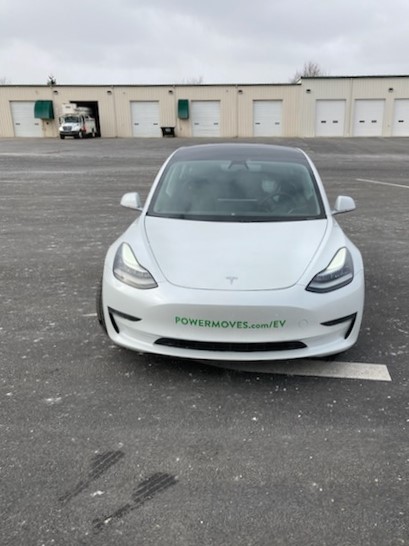
Then
The first known electric car was developed in 1837 in Aberdeen, Scotland. Early variants were powered by galvanic cells rather than rechargeable batteries. The lead-acid battery was invented in France in 1859 with further French development leading to manufacturing of these batteries on an industrial scale in the early 1880s. This allowed a rechargeable battery to be installed on the vehicle.
Soon manufacturers were selling a wide array of EVs ranging from trams to trolleys, to cars, and even locomotives. Interest in electric cars blossomed in the late 1890s and early 1900s. As roads improved and became more extensive, demand for greater range emerged. A variety of solutions were put forth including the first battery exchanges by an electric utility in Connecticut in 1910 and the first hybrid automobile in 1911. It would not be long until America led the world in number of EVs on the roads.
But the rapid expansion of the country and the limitation of electricity to major cities and towns spelled the end of the electric car. The world wanted to be mobile and EVs simply did not have the range required. Enter Henry Ford and the mass-produced, affordable internal combustion engine, and the EV’s fate was sealed.
Now
Fast forward to modern times and thanks to the electric cooperative movement, which included the founding of Noble REMC, electricity is available everywhere in the U.S., the majority of roads are paved and environmental concerns are increasing awareness.
While many drawbacks of EVs are gone, there is still a concern among drivers dubbed “range anxiety.” This stems from the limited range of EVs and the lack of a rapid charging infrastructure in rural areas. Just like their 20th century predecessors, pure EVs are great “city cars.”
Fortunately, advances in battery technology are hammering away at the range issue. Range is steadily expanding, and battery management systems are squeezing out more miles. At the same time, more companies and utilities are installing efficient charging stations at their places of business and in popular public locations.
Have you seen — or used — our ChargePoint charging station, located at Country Heritage Winery in LaOtto?
In addition, prices are dropping, and range is expanding so owners can confidently drive nearly everywhere with a little bit of planning. On top of this, the cars are just plain cool. Many models showcase a minimalist interior with all the necessary controls and information presented on a large touchscreen in the center of the console as opposed to using the traditional instrument cluster.
If you’ve never driven an electric vehicle, you are in for a treat. While an internal combustion engine must rev up to speed, an EV has full power at its disposal instantly. Of course, there are limits on this 0-60 mph capability to prevent inexperienced and over-eager drivers from launching themselves into accidents and speeding tickets. They are also quiet and allow you to forever bypass the lines at the gas station –– unless you are in need of some snacks and a slushy.
Do you drive an EV? Let us know.
Noble REMC would like to learn more about how we can best serve our members who either currently own an electric vehicle or plan to purchase one. If either of those pertain to you, please fill out the form in the May issue of Indiana Connection and return it to our office with your next bill payment, or call our office at 800-933-7362 to speak with us about your plans.



